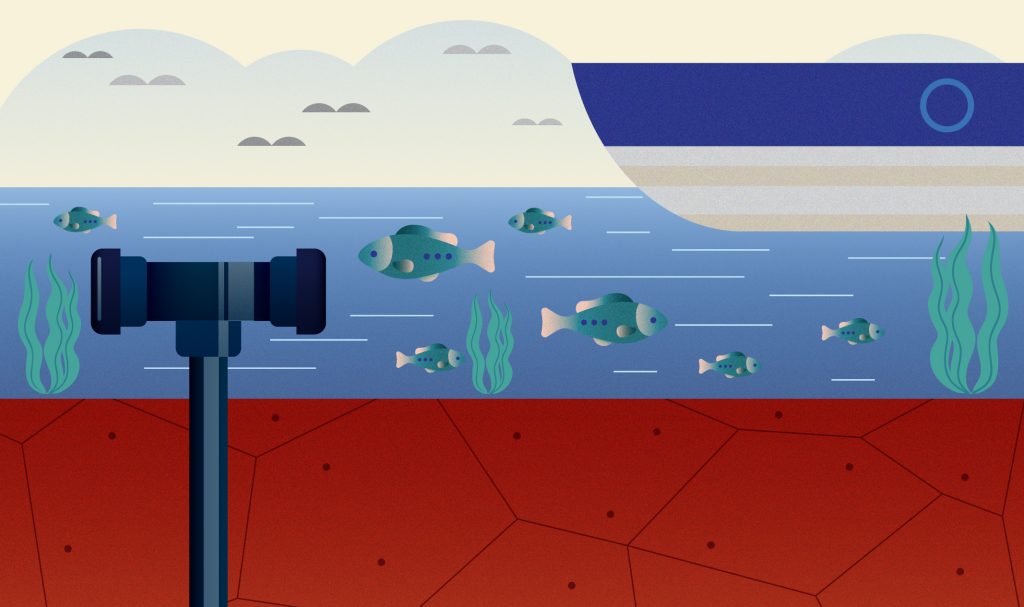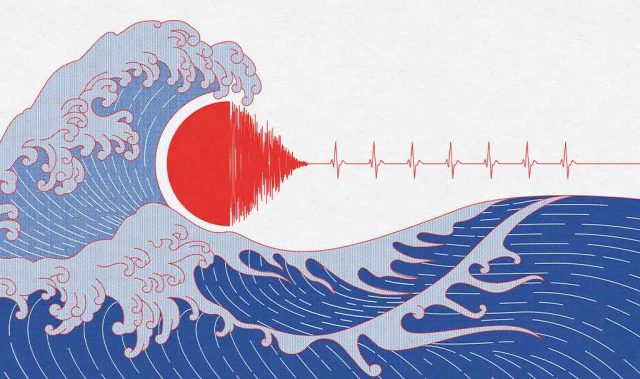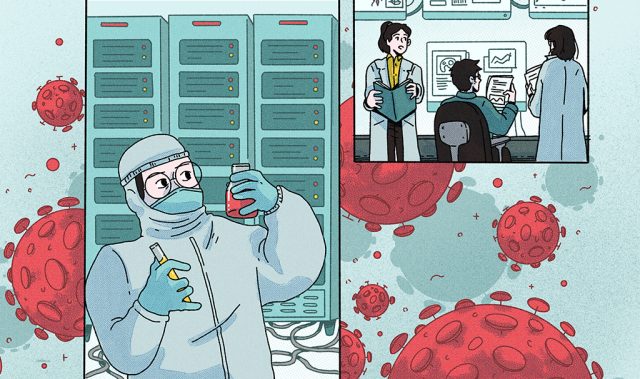
Casting a wider data net
Excitingly, breaking the exascale barrier doesn’t solely rest on the shoulders of scientists. On the contrary, exascale can be achieved by the global public, as seen during the COVID-19 pandemic. Over a million citizen scientists—including thousands from Asian nations like Japan, Singapore and the Philippines—contributed a part of their computer resources to a shared platform called Folding@home. Collectively, they created the world’s largest supercomputer, simulating the proteins found on the COVID-19-causing virus named SARS-CoV-2.
These protein dynamics captured the full range of conformations that molecules can adopt and how they change structure, lending unprecedented insight into their functions. However, as these simulations require significant computational resources, Folding@home distributes the task into smaller chunks that citizen scientists’ personal computers can perform.
By constructing maps out of milliseconds of simulation data, researchers could then examine SARS-CoV-2 protein dynamics in much greater detail, highlighting the conformations relevant to viral replication inside human cells and identifying potential targets for novel therapies.
Whether running climate models or simulating filter materials, a citizen science-empowered exascale project could similarly make waves in addressing the water crisis. As more people become involved in addressing this pressing issue, the available data sources would expand and diversify, potentially showing highly localized data for each individual context. By tapping into the lesser studied areas across Asia, exascale computing can sift through these copious amounts of data, extracting novel insights with greater accuracy and speed.
With more data and the technological resources to process it efficiently, Asia’s communities may soon witness a new wave of solutions for treating water, improving sanitation systems and preventing diseases and disasters in the face of population growth and changing climate patterns.
This article was first published in the print version of Supercomputing Asia, January 2022.
Click here to subscribe to Asian Scientist Magazine in print.
———
Copyright: Asian Scientist Magazine. Illustration: Ajun Chuah/Asian Scientist Magazine.
Disclaimer: This article does not necessarily reflect the views of AsianScientist or its staff.












